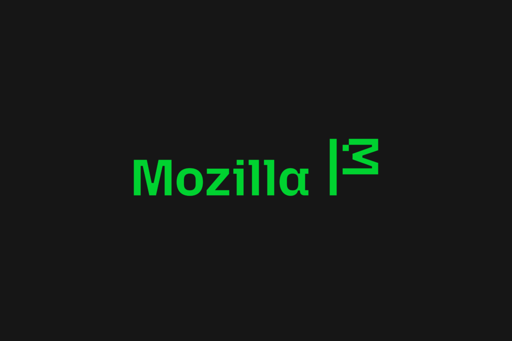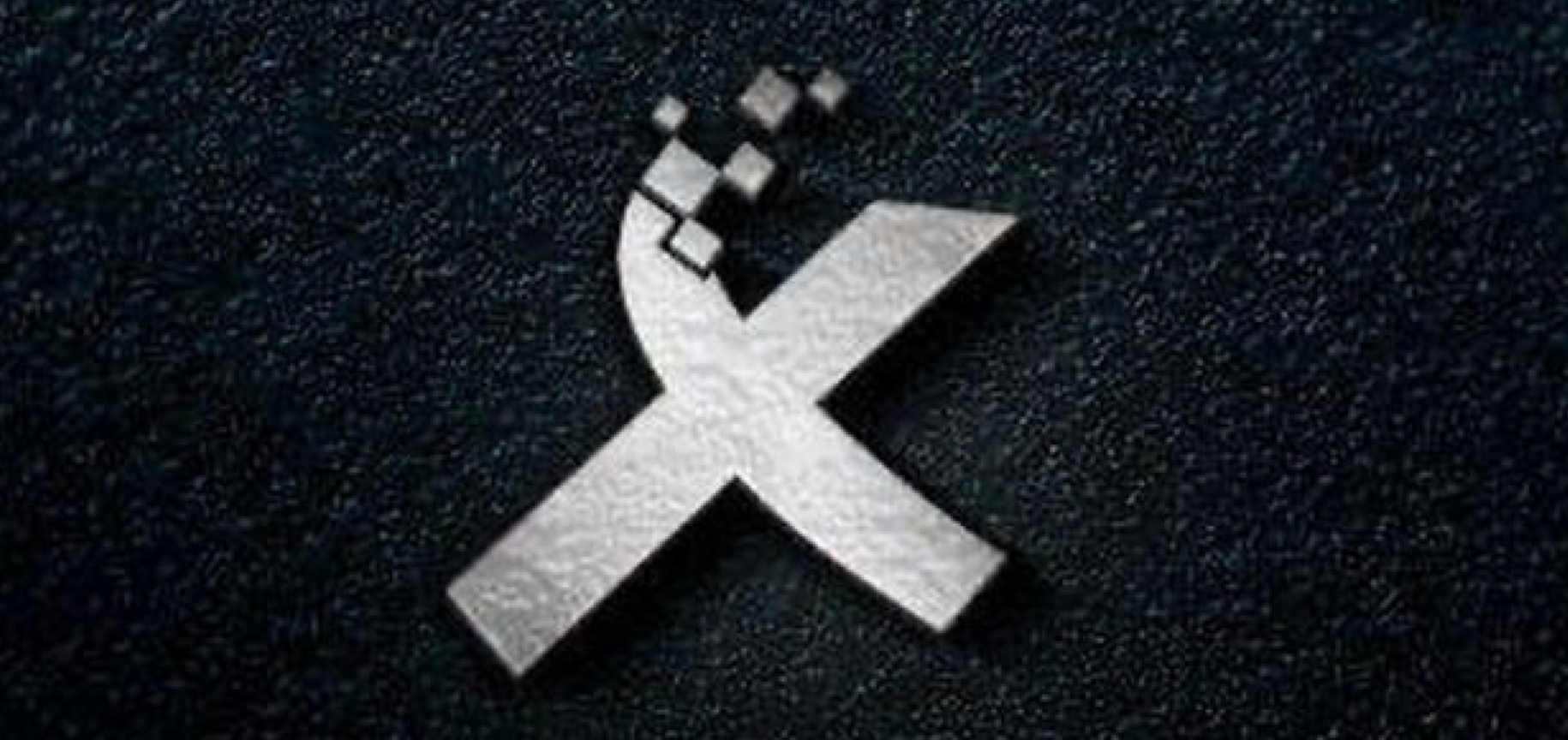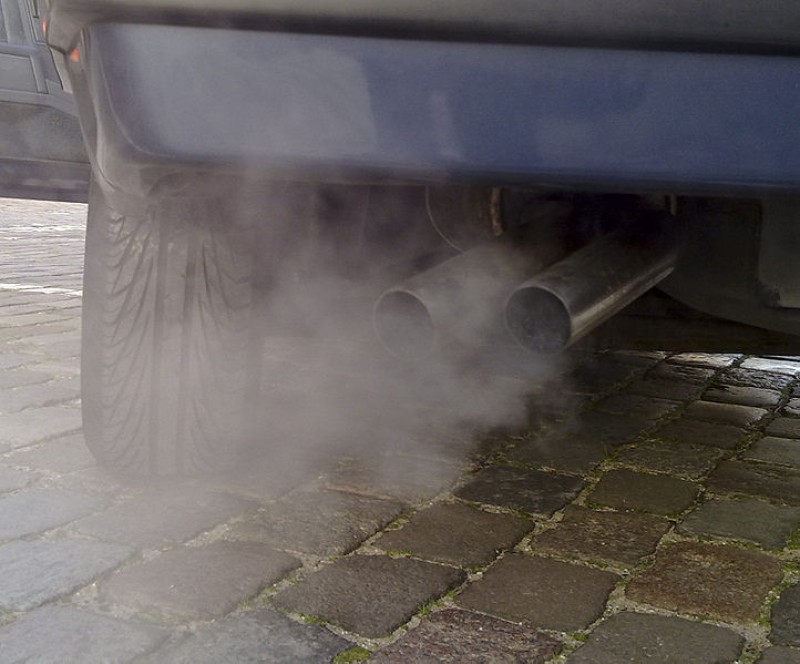ICEBlock climbs to the top of the App Store charts after officials slam it
-
She said that there's been a 500 percent increase against ICE agents who are just "trying to do their jobs and remove public safety threats from... communities."
Exactly what the Nazis who ran extermination camps claimed.
I loathe and despise using percentages like this.
500% sounds super scary, but is meaningless without providing the baseline. If there was only one instance before and now there’s 5 it isn’t a significant increase but 500% sure sounds scary.
-
You’ve still got to connect to their servers and they can monitor who connects to what.
I wouldn’t trust it without a non-US based VPN. We should assume anything in the US is compromised by the fed, and that they are watching.
they can monitor who connects to what.
They can also not do that.
We should assume anything in the US is compromised by the fed
International VPNs are not immune from US subpoena.
-
You fags are the weakest form of human on this earth. Y’all remove comments that you don’t like because all of you are sore losers. Now go ahead and delete this as if I won’t be back to insult you babies.
Oh would you shut up? Seriously. It's obvious your projecting and insecure about yourself, don't put that on us. Go play with your sock puppet or something.
-
There is not and it is due to privacy implications. You can read more on their site about it and ALSO, there are fake Android apps of this that they caution you to not install. As of now, there is no Android version and unlikely unless Android fixes the way notifications work to not have any account or privacy issues for such an app.
This is not true.
https://bsky.app/profile/grapheneos.org/post/3lt2prfb2vk2r -
Suck my crusty asshole
Aren't you adorable.
-
This post did not contain any content.
ICEBlock climbs to the top of the App Store charts after officials slam it
The application, which allows users to add a pin on a map to show where ICE agents have recently been spotted, has climbed to the to the top of the App Store charts.

Engadget (www.engadget.com)
The devs don't really seem to have a clue about smartphone.
https://bsky.app/profile/grapheneos.org/post/3lt2prfb2vk2r -
This is not true.
https://bsky.app/profile/grapheneos.org/post/3lt2prfb2vk2rWhich part? Are you saying they have made an android version?
-
My dog does a better job and keeping criminals out than you leftist nutters. If controlling people’s opinions are part of your philosophy of a better society , then I’d rather live in the USA for the rest of my life.
Funny that the people who hide their face call us the cowards. Heh…
I agree. ICE are complete cowards for hiding thier faces.
-
This is a genuine concern that we should recognize.
I'm about 99% confident it isn't, but considering it is the kind of caution we should all be exercising these days.
How would we learn either way if it was or wasn't?
-
Which part? Are you saying they have made an android version?
No, they are saying that Android and Apple both have a privacy issue on the same level.
-
Which part? Are you saying they have made an android version?
The link in the comment you're replying to says which part is not true, but since you seem more willing to comment than to click a link and read, I'll summarize:
The part about the Apple Push Notification service requiring less information that can identify an individual user than Google's Firebase Cloud Messaging is not true. Both use a similar token system. Furthermore, it is possible to build android apps with notifications that do not use FCM.
-

Stop ICE Raids Alert NetworkStop ICE Raids Alert Network
Receive or send immediate alerts about ICE raids in your local area
(stopice.net)
Stop lice!
-
"Just following orders..."
Unjust, following orders
-
The link in the comment you're replying to says which part is not true, but since you seem more willing to comment than to click a link and read, I'll summarize:
The part about the Apple Push Notification service requiring less information that can identify an individual user than Google's Firebase Cloud Messaging is not true. Both use a similar token system. Furthermore, it is possible to build android apps with notifications that do not use FCM.
they probably want to also make it as easy as possible for those who aren't technologically savvy or whose native language isn't english, though
-
I loathe and despise using percentages like this.
500% sounds super scary, but is meaningless without providing the baseline. If there was only one instance before and now there’s 5 it isn’t a significant increase but 500% sure sounds scary.
Worse still it's not even clear what is being discussed. It implied "violence" but that is a wide range from just pushing to serious shooting.
% can also be misleading when a scale is arbitrary. A temperature increase measured in Fahrenheit will be a rather different % when converted to Kelvin.
-
She said that there's been a 500 percent increase against ICE agents who are just "trying to do their jobs and remove public safety threats from... communities."
Exactly what the Nazis who ran extermination camps claimed.
someone on bsky did the match and found out that 700% increase is still only like 70 incidents (i forget who it was that posted it)
-
they probably want to also make it as easy as possible for those who aren't technologically savvy or whose native language isn't english, though
Maybe they want that, but the statement on their website is not wrong on a technicality because it's oversimplified; it's wrong because it asserts a privacy difference between the two operating systems that does not exist.
-
The devs don't really seem to have a clue about smartphone.
https://bsky.app/profile/grapheneos.org/post/3lt2prfb2vk2rLol, called it.
Incompetence and false bravado is all but guaranteed with development teams. Especially when it's closed source, not audited, and has minimal room for feedback loops.
-
This is a genuine concern that we should recognize.
I'm about 99% confident it isn't, but considering it is the kind of caution we should all be exercising these days.
- Is it open source? (No)
- Is it's publishing and build pipeline open? (No)
- Can anyone audit it? (No)
- Does the author make unreliable claims of privacy? (Yes)
- Does the author detail how data privacy and security is implemented? (No)
It's probably not a honeypot. But it's also likely to be negligent enough in implementation that it might as well be.
-
How would we learn either way if it was or wasn't?
When the feds come for you for using it
-
The EU Commission fines Delivery Hero and Glovo €329 million for participation in online food delivery cartel
Technology 1
1
-
A fake Facebook event disguised as a math problem has been one of its top posts for 6 months
Technology 1
1
-
-
-
Mozilla is shutting down Pocket, their read-it-later and content discovery app, and Fakespot, their browser extension that analyzes the authenticity of online product reviews.
Technology 1
1
-
-
Xinbi: The $8 Billion Colorado-Incorporated Marketplace for Pig-Butchering Scammers and North Korean Hackers
Technology 1
1
-
Paul McCartney and Dua Lipa urge UK Prime Minister to rethink his AI copyright plans. A new law could soon allow AI companies to use copyrighted material without permission.
Technology 1
1


